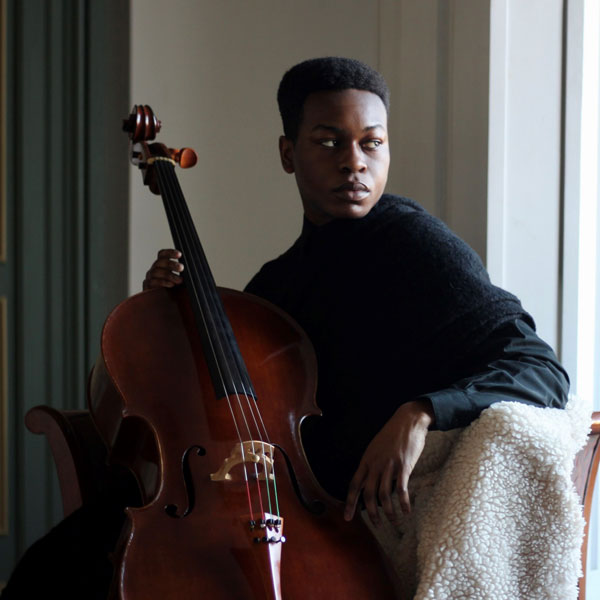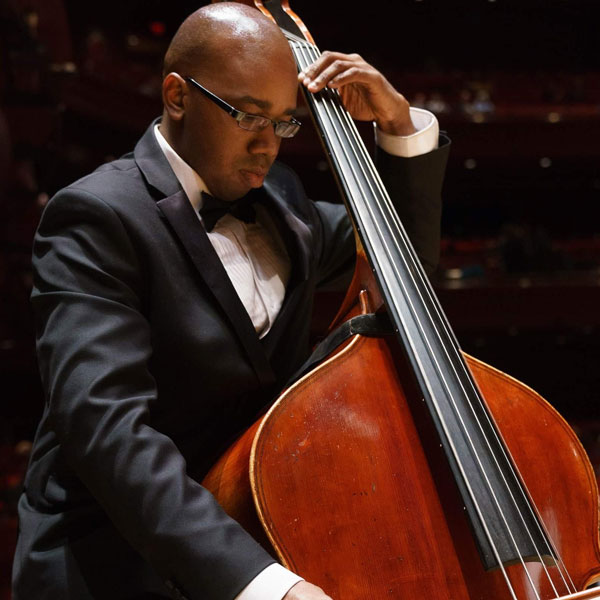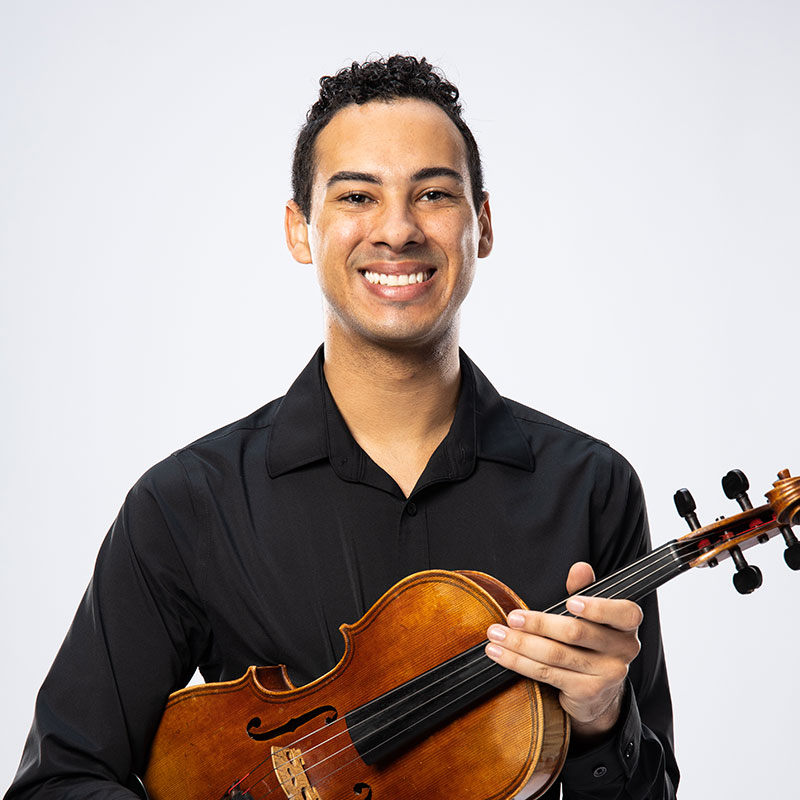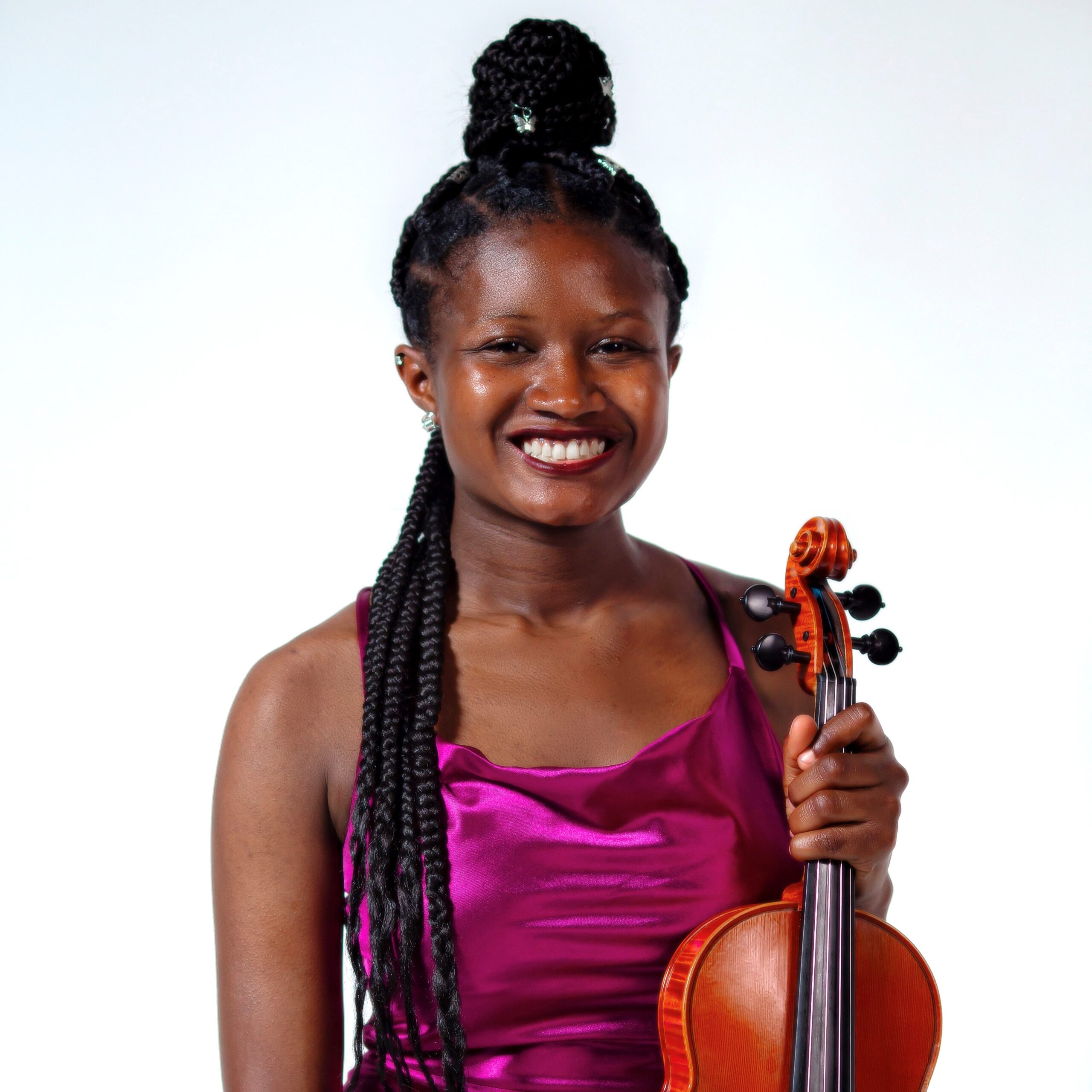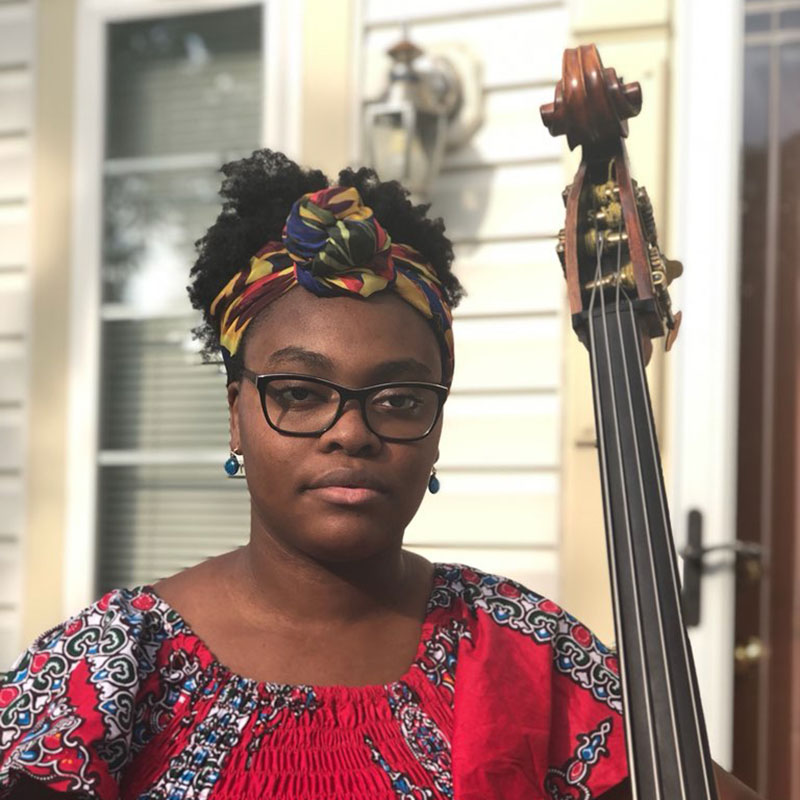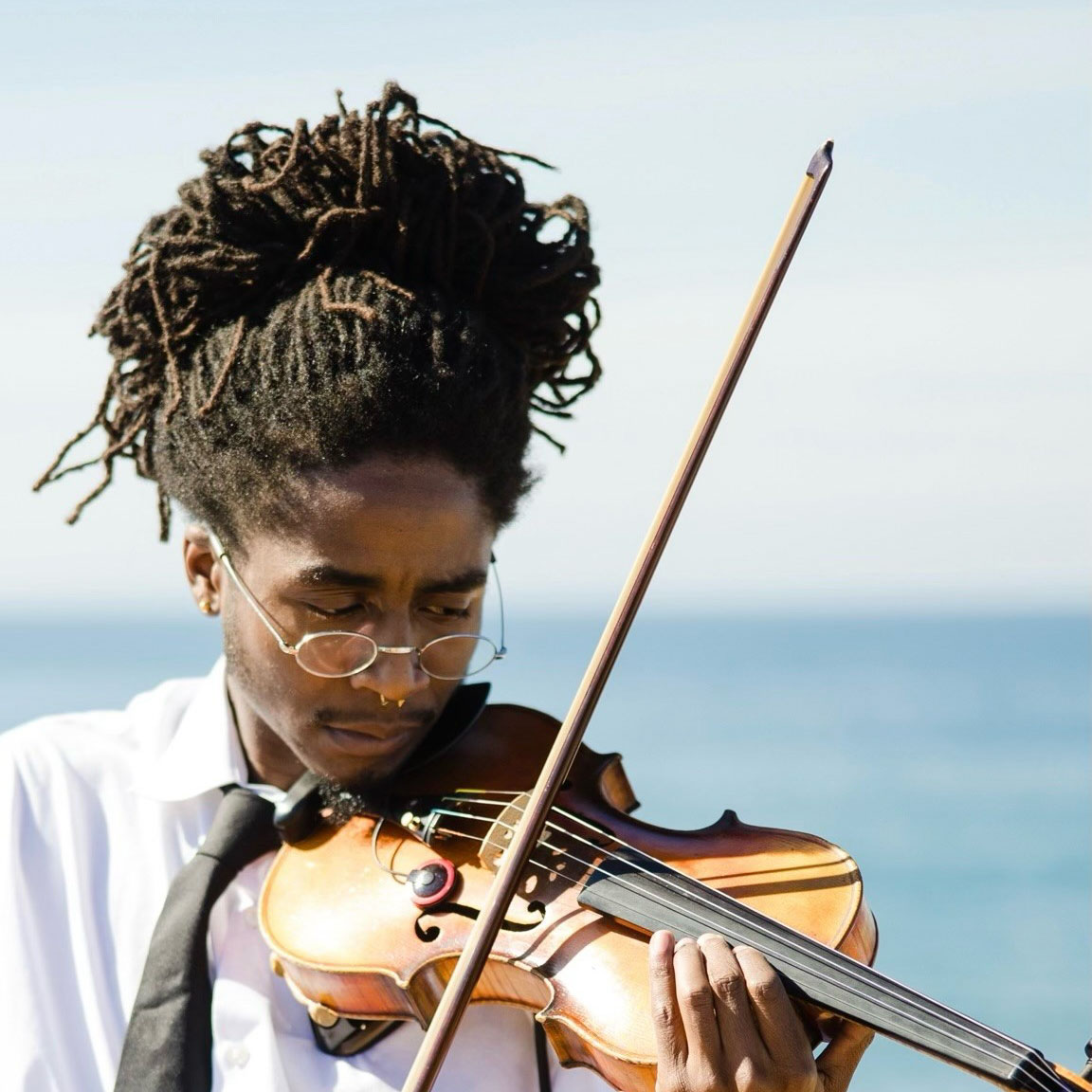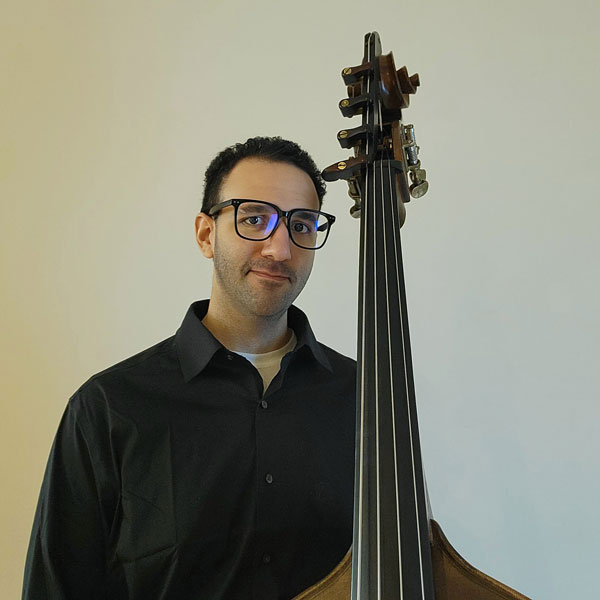What about the music?
An inside look with the Virginia Symphony Orchestra
Highlight: Brahms & Dvořák with Thomas Wilkins
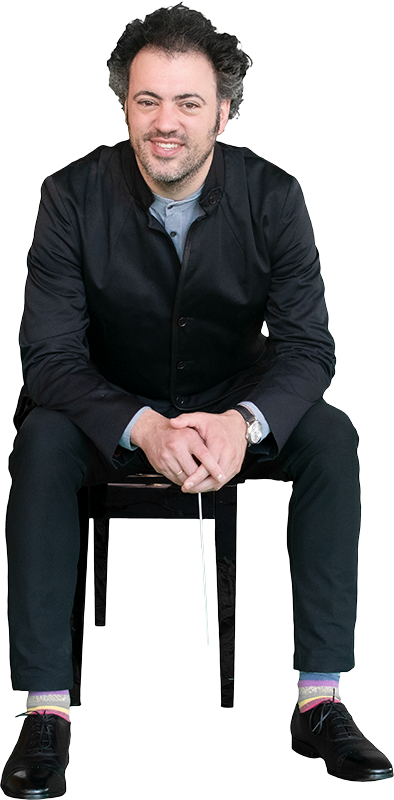
The Performers
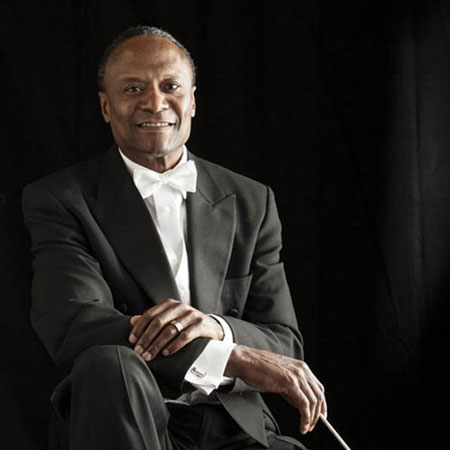
Thomas Wilkins
Principal Guest Conductor
Thomas Wilkins is currently principal conductor of the Hollywood Bowl in Los Angeles, Artistic Advisor for Education and Community Engagement at the Boston Symphony Orchestra, and he holds the Henry A. Upper Chair of Orchestral Conducting at Indiana University. He recently stepped down after 17 successful years leading the Omaha Symphony and his guest conducting credits include every major American orchestra.
Devoted to promoting a life-long enthusiasm for music, Mr. Wilkins brings energy and commitment to audiences of all ages. He is hailed as a master at communicating and connecting with audiences. Following his highly successful first season with the Boston Symphony, the Boston Globe named him among the “Best People and Ideas of 2011.” In 2014, Mr. Wilkins received the prestigious “Outstanding Artist” award at the Nebraska Governor’s Arts Awards, for his significant contribution to music in the state while in 2018 Thomas Wilkins received the Leonard Bernstein Lifetime Achievement Award for the Elevation of Music in Society conferred by Boston’s Longy School of Music.
Mr. Wilkins is a graduate of the Shenandoah Conservatory of Music and the New England Conservatory of Music in Boston. He and his wife Sheri-Lee are the proud parents of twin daughters, Erica and Nicole.
The Creators
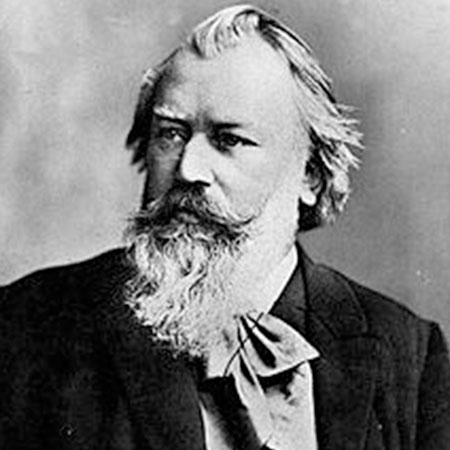
Lyrics to Schicksalslied:
| Ihr wandelt droben im Licht, Auf weichem Boden, selige Genien! Glänzende Götterlüfte Rühren euch leicht, Wie die Finger der Künstlerin Heilige Saiten. | Ye move up yonder in light, On airy ground, o blessed spirits! Radiant winds ethereal O’er you play light, As the fingers inspired that wake Heavenly lyre-chords. |
| Schicksallos, wie der schlafende Säugling, atmen die Himmlischen; Keusch bewahrt In bescheidener Knospe Blühet ewig Ihnen der Geist, Und die seligen Augen Blicken in stiller, Ewiger Klarheit. | Free from Fate, like the slumbering Suckling, breathe the immortals. Pure, unsullied, In bud that enfolds It blooms for aye, The flower of their spirit. And the eyes of the blessed Gaze in tranquil Brightness eternal. |
| Doch uns ist gegeben Auf keiner Stätte zu ruhn; Es schwinden, es fallen Die leidenden Menschen Blindlings von einer Stunde zur andern, Wie Wasser von Klippe zu Klippe geworfen, Jahrlang ins Ungewisse hinab. | But to us is it given In no abiding place to dwell; We vanish, we stumble, We suffering, sorrowing mortals Blindly from one Brief hour to another, Like water from boulder To boulder flung downward, Year by year to the dark Unknown below. |
Johannes Brahms
Schicksalslied (“Song of Destiny”)
Pronounced Bra-amz
Fast Facts:
- Brahms started to compose at age 11, but as he got older, he became embarrassed of them and destroyed most of them.
- Brahms met Hungarian refugee and violinist, Eduard Remenyi, in 1850, which introduced Brahms to a range of folk and gypsy music that inspire some of his works.
- Brahms was a German composer and pianist who was one of the leading musicians of the Romanic period.
- Brahms was an uncompromising perfectionist, leading to many of his works being destroyed or unpublished.
- Brahms was extremely good friends with fellow composer Robert Schumann.
- Brahms is noted as one of the “Three Bs” of music, which also includes Johann Sebastian Bach and Ludwig van Beethoven.
The Piece: Schicksalslied (“Song of Destiny”)
Schicksalslied is a choral work, noted as one of Brahms’s best choral works, set to a poem by Friedrich Holderlin. Brahms discovered the poem one summer while visiting a friend in Wilhelmshaven. He was drawn to the poem and the scenic seaside of Wilhelmshaven, leading to the creation of this piece. His first draft of the piece was actually written on shore by the sea.
The piece is written in three movements:
- Adagio: Ihr wandelt droben im Licht, II.
- Allegro: Doch un sist gegeben,
- Adagio: Orchestral Postlude.
The 1st movement opens with an orchestral prelude, which Brahms reorchestrates in the 3rd movement rather than fully restating the first movement. After this orchestral prelude in the 1st movement, the altos begin the choral melody, which is reiterated by the sopranos with the rest of the chorus harmonizing on this melody. This movement is noted for its serenity and luminous character that is carried through the orchestra and chorus’s melodic lines.
Like the 1st movement, the 2nd movement starts with an orchestral introduction, followed by the chorus entering in unison. However, this movement is more active with running eight notes in the strings. This movement is defined by its insistent character, created by hemiolas between the strings and chorus, which created an effect of gasping for breath.
The final movement returns to the opening orchestral prelude, which Brahms develops with more intense instrumentation and transposition into C major. By doing this, Brahms creates a sense of conclusion by shedding a ray of light and ending the piece with a hopeful impression.
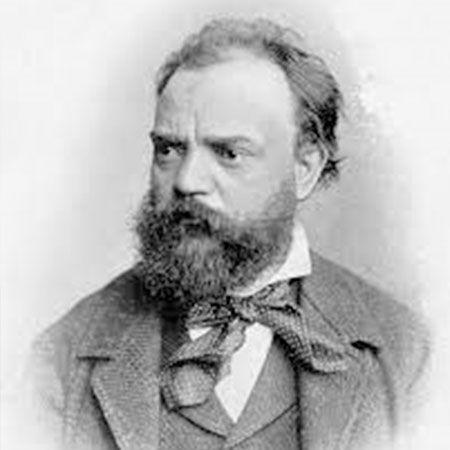
Antonin Dvořák
Symphony No. 7
Pronounced De-VOR-zhak
Fast Facts:
- Dvorak studied organ, violin, piano, and viola. He played viola in the Bohemian Provisional Theatre Orchestra but resigned eventually to concentrate on composing.
- Like Brahms, Dvorak was extremely self-conscious of his early works as they received no public performance or acknowledgement. He then burned some of his early works.
- Johannes Brahms and critic Eduard Hanslick were the first people to champion Dvorak for his works. Thanks to them, Dvorak’s compositions started to take flight and gain the acclaim they have today.
- Dvorak was born in a small village in Prague, often visiting the Bohemian countryside of Czechia. These countryside visits inspired many of his works as he incorporated many of the dances and celebrations from the area into his works.
- In 1892, Dvorak visited the United States and became the director of the National Conservatory of Music of America. His time in the US inspired many of his most famous works including his 9th Symphony “From the New World,” his Cello Concerto, and his 12th String quartet, nicknamed “the American Quartet.”
The Piece: Symphony No.7 in D minor, Op. 70
During the composition of this symphony, Dvorak wrote to a friend that his “new symphony must be such as to make a stir in the world.” Dvorak accomplished this in his 7th Symphony due to its drama and austerity compared to his other symphonies. Dvorak, while commissioned to write this symphony by the Royal Philharmonic Society for whom the piece is dedicated to, gained inspiration from his trips to Prague’s busy railway where he saw troops arriving there for a special concert to support the struggle for a Czech homeland in 1884. Dvorak’s patriotism from this image inspired the drama and stirring nature of this symphony. Yet even with all the drama of this symphony, Dvorak can maintain a lyrical Bohemian spirit, which he is known for.
This Symphony has four movements:
- Allegro Maestro
- Poco Adagio
- Scherzo (Vivace)
- Finale (Allegro)

